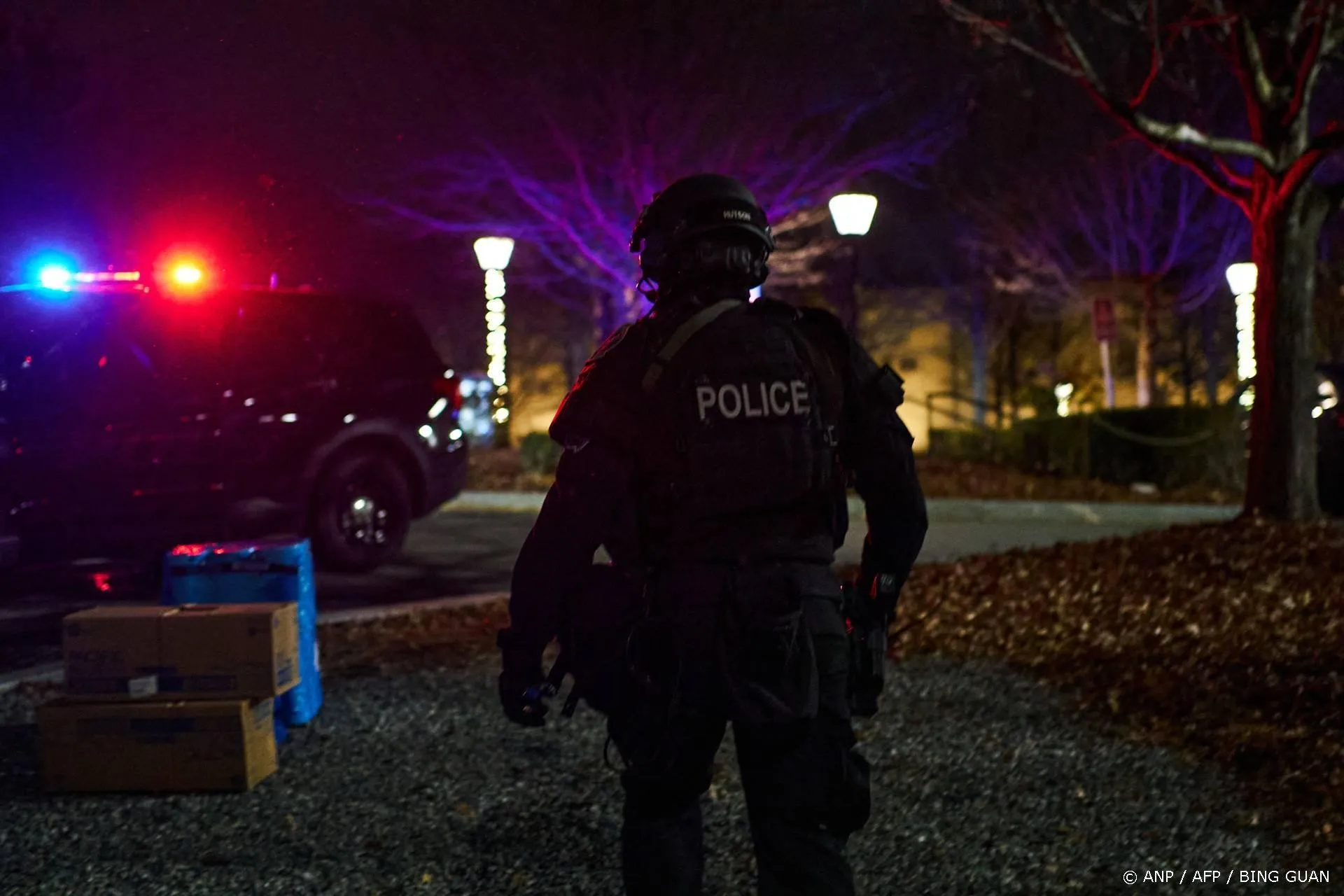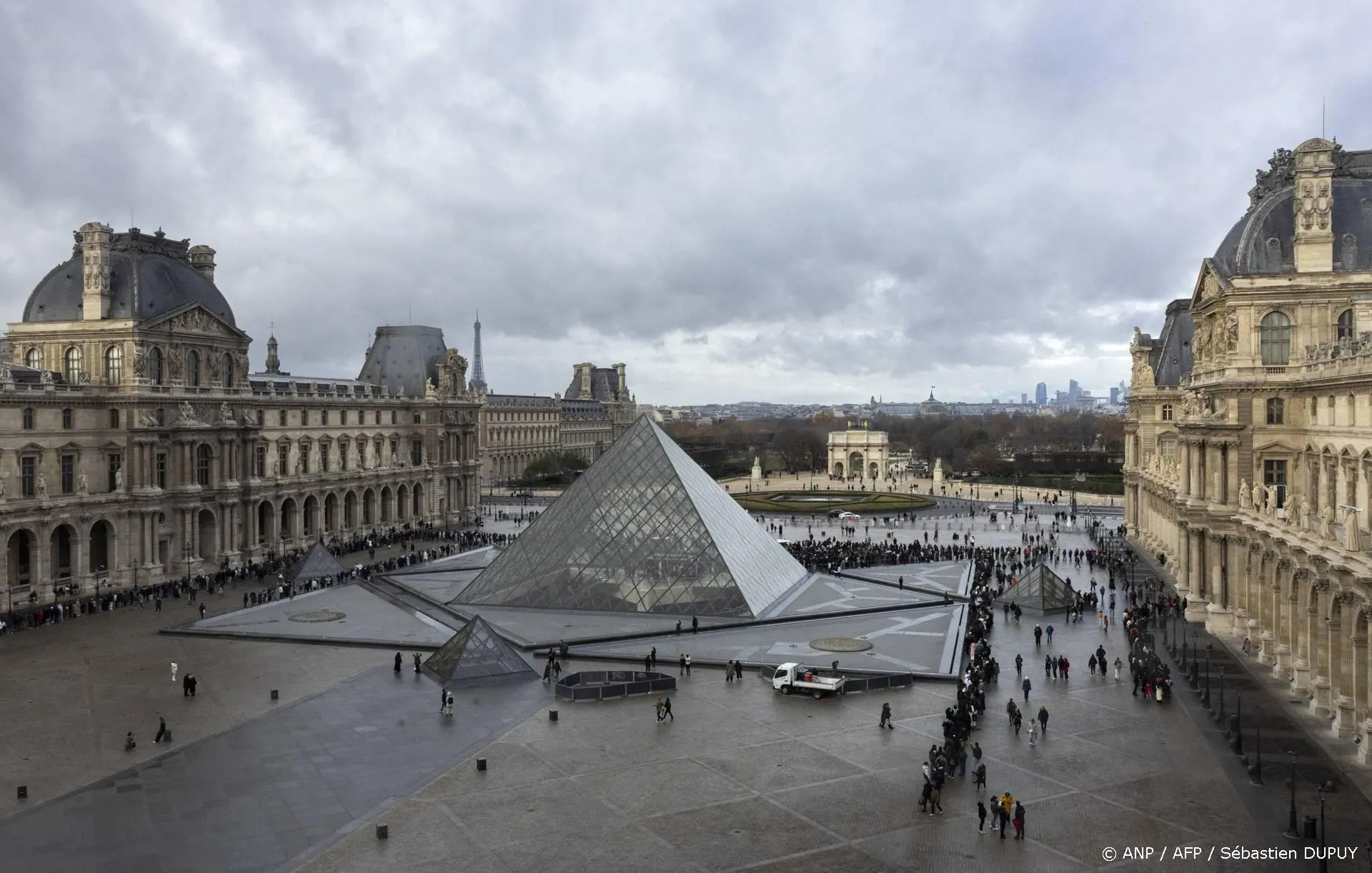Groener kunnen we het niet maken
Demonisering van een levenselixer. Hoe verzinnen ze het?
Vroeger werd ons op school altijd geleerd dat CO2 onontbeerlijk was voor de plantengroei en dus voor het leven op aarde. Met de opkomst van het klimaatalarmisme werd deze bouwsteen van het leven gedemoniseerd, omdat CO2 tot een verschrikkelijke opwarming van de aarde zou leiden.
In een reeks recente peer-reviewed studies, die in de mainstream wetenschappelijke bladen zijn gepubliceerd, wordt gesteld dat de opwarmende rol rol van CO2 op zijn minst sterk is overdreven. Wellicht heeft dit ook tot een grotere ontvankelijkheid dan wel herontdekking geleid van de positieve rol die CO2 vervult in de kringloop van het leven. Onder de titel: 'Elevated carbon dioxide making arid regions greener', heeft de 'American Geophysical Union' (AGU) onlangs een perscommuniqué uitgegeven, waarin een nieuwe studie werd aangekondigd over de positieve groeieffecten van CO2 in droge gebieden.
Ik ontleen daaraan het volgende:
Scientists have long suspected that a flourishing of green foliage around the globe, observed since the early 1980s in satellite data, springs at least in part from the increasing concentration of carbon dioxide in Earths atmosphere. Now, a study of arid regions around the globe finds that a carbon dioxide fertilization effect has, indeed, caused a gradual greening from 1982 to 2010.
Focusing on the southwestern corner of North America, Australias outback, the Middle East, and some parts of Africa, Randall Donohue of the Commonwealth Scientific and Industrial Research Organization (CSIRO) in Canberra, Australia and his colleagues developed and applied a mathematical model to predict the extent of the carbon-dioxide (CO2) fertilization effect. They then tested this prediction by studying satellite imagery and teasing out the influence of carbon dioxide on greening from other factors such as precipitation, air temperature, the amount of light, and land-use changes. The teams model predicted that foliage would increase by some 5 to 10 percent given the 14 percent increase in atmospheric CO2 concentration during the study period. The satellite data agreed, showing an 11 percent increase in foliage after adjusting the data for precipitation, yielding strong support for our hypothesis, the team reports.
Lots of papers have shown an average increase in vegetation across the globe, and there is a lot of speculation about whats causing that, said Donohue of CSIROs Land and Water research division, who is lead author of the new study.
Up until this point, theyve linked the greening to fairly obvious climatic variables, such as a rise in temperature where it is normally cold or a rise in rainfall where it is normally dry. Lots of those papers speculated about the CO2 effect, but it has been very difficult to prove.
He and his colleagues present their findings in an article that has been accepted for publication in Geophysical Research Letters, a journal of the American Geophysical Union.
The team looked for signs of CO2 fertilization in arid areas, Donohue said, because satellites are very good at detecting changes in total leaf cover, and it is in warm, dry environments that the CO2 effect is expected to most influence leaf cover. Leaf cover is the clue, he added, because a leaf can extract more carbon from the air during photosynthesis, or lose less water to the air during photosynthesis, or both, due to elevated CO2. That is the CO2 fertilization effect.
Lees verder hier.
Laten we hopen dat dit soort onzinnige filmpjes om kinderen te indoctrineren met angst voor het CO2-monster niet meer zullen worden gemaakt.
Voor mijn eerdere DDSbijdragen, zie hier.
Ga verder met lezen
Dit vind je misschien ook leuk
Laat mensen jouw mening weten
Lees ook
Loading


